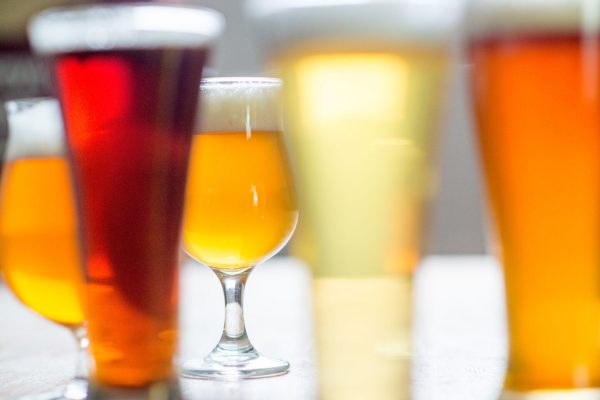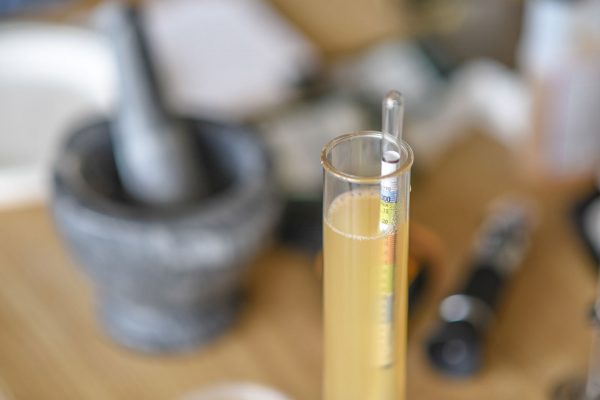[Above: members of the SoCal Cerveceros homebrew club in Los Angeles, CA. Photo credit: Jesse James Galarza]
by Matt Bolling, American Homebrewers Association
Earlier in 2019, the American Homebrewers Association (AHA) conducted its first survey of homebrew clubs. The results of this survey are intended to help the AHA develop content that will aid club membership, recruitment, and organization. The survey was taken by 113 homebrew clubs, about 5 percent of the 2,210 clubs registered with the AHA.
We’re happy to share our key findings with all clubs as well as the full survey results. Some of the most interesting takeaways from the survey include the following.
- Of clubs that answered the survey, 63% have been in existence for 10 years or less, and 35% have been around for 5 years or less. The average age of all homebrew clubs that answered the survey was 13 years.
- There was a direct correlation between club size and age. Generally, the longer a homebrew club has been in existence, the larger its membership, although a small decline in membership was also observed in around the 11th to 15th year.
- Clubs indicated an average female club membership of 16%, with 31% of clubs reporting a growth in female membership over the 12 months prior to completing the survey.
- Clubs indicated an average non-white/Caucasian membership of 16%, with 16% having experienced a growth in non-white/Caucasian membership over the 12 months prior to completing the survey.
- The highest percentages of female membership (20%) and non-White/Caucasian membership (20%) in homebrew clubs were both in the Northeast.
Free Club Insurance
Homebrew club members know the fun and the value of being in a club—and the degree of risk that is involved when a group of people gathers to share alcoholic beverages. That risk involves both the venue hosting the club meeting or event and the risk to the club itself if an accident were to occur following a homebrew club gathering.
The American Homebrewers Association (AHA) has found a homebrew club insurance product that is a good fit for our membership.
- Homebrew clubs in the South were typically younger (10 years) than clubs in other parts of the country, while homebrew clubs in the West were typically larger (76 members) and older (15 years).
- About 43% of clubs responding to the survey reported no organized club structure, while 43% of clubs responded that they had registered as 401(c) organizations with the IRS. The remaining clubs were either incorporated (9%) or had another type of organizational structure (8%).
- Facebook groups were the most popular form of communication among clubs (73%) and more common than club websites (59%).
- Perhaps not surprisingly, 80% of homebrew clubs reported meeting in person about once per month.
- As clubs membership grows, the percentage of members who attend in-person meetings decreases. Smaller clubs (10 or less) indicated that their meeting attendance represented 79% of members, while larger clubs (100+ members) saw attendance at in-person meetings drop to 26%.
- Commercial breweries were the most common meeting place for homebrew clubs, with 71% of responding clubs saying that they meet at a brewery regularly, followed by private residences (33%), and homebrew supply shops (29%).
- The majority of club respondents said they hold all meetings in the same place (57%), while 37% of clubs said they meet somewhere different every time. About 6% of clubs alternate between a static meeting place and a new meeting place.
- The most common club activities were homebrew bottle shares, educational presentations, and commercial beer bottle shares. Most homebrew clubs (81%) organize at least 1–2 group brew days per year, and 75% host some sort of homebrew competition 1–2 times or more per year.
- The least common club activities were raffles, BJCP/Cicerone training, and volunteering/fundraising for charitable organizations.





Share Post